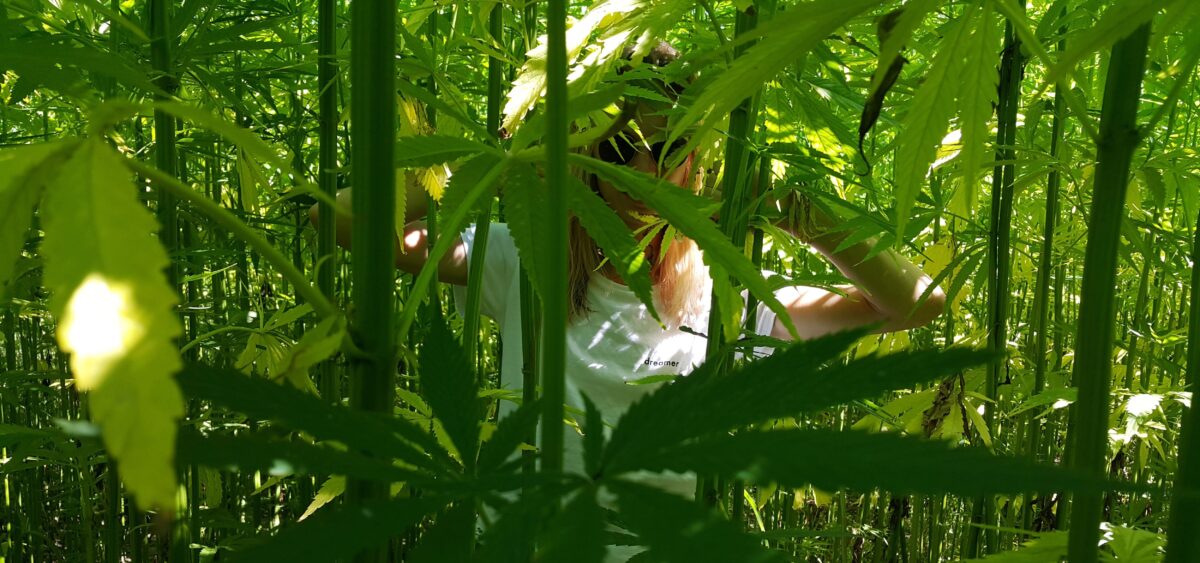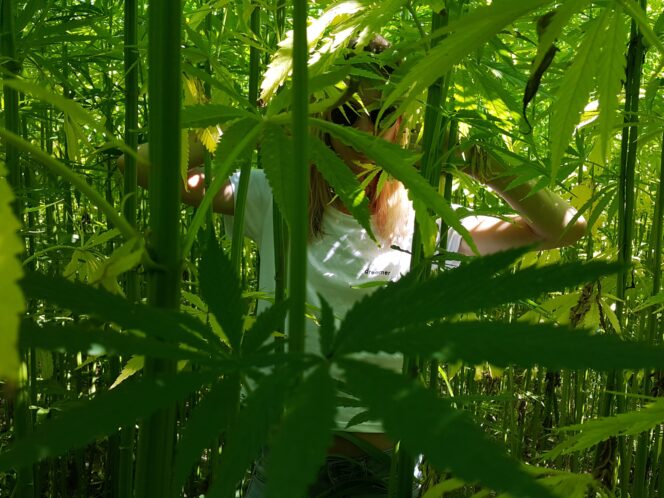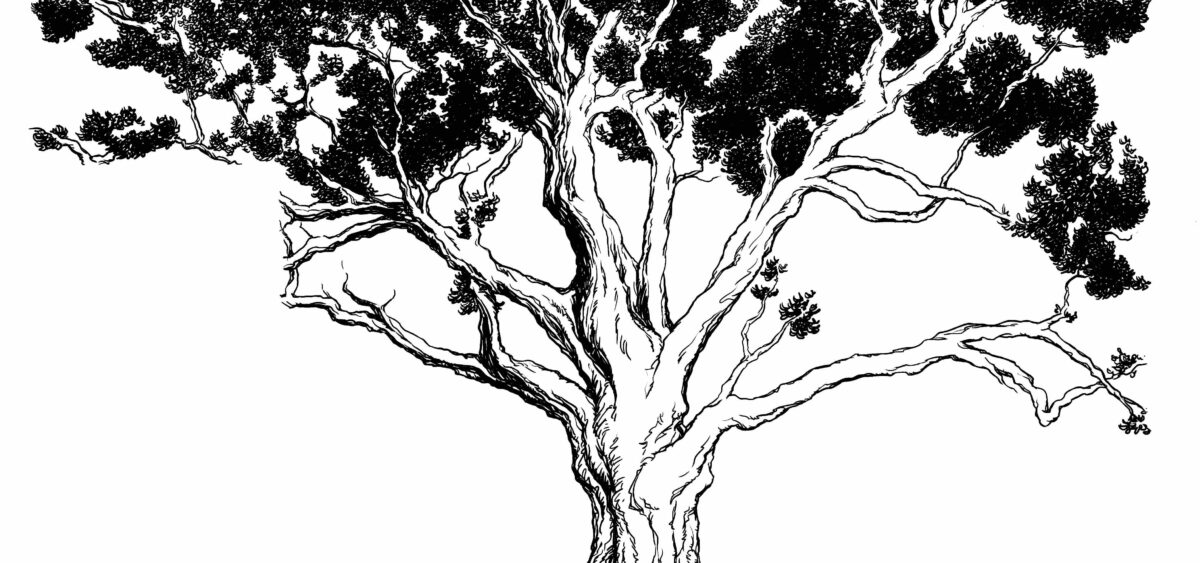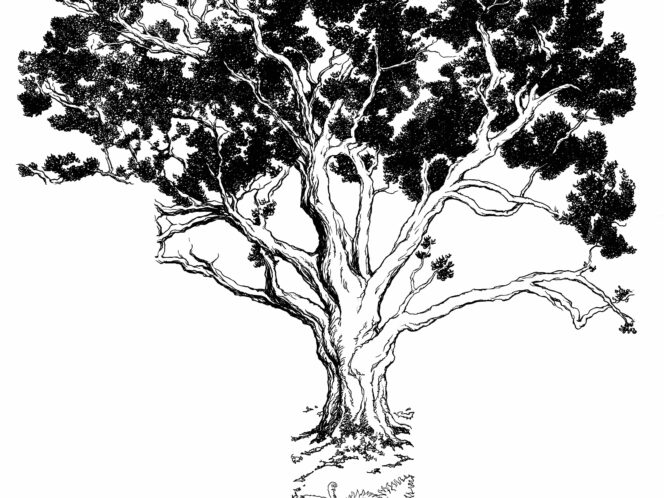
My friends and I were told that hemp plants are returning to Poland’s soil. Naturally, we too wanted to grow them. We had no idea how many problems they would bring us, but also how much joy.
The three of us set up a limited company – me, my husband Aleksander, and our friend Przemek. We were like the three friends from Reymont’s The Promised Land, only we didn’t build a factory, but a hemp plantation. We got our seeds from the Poznań Institute of Natural Fibres and Medicinal Plants. We would provide them with new seeds for re-cultivation and, in return, the rest of our crop – flower heads (or inflorescences) and hemp straw – would be ours to do with as we wished. Straight away we decided that we’d produce oils and Hempcrete. We were energized and optimistic.
In early spring, Przemek (who is a farmer) prepared the soil. He ploughed it and added fertilizer. We planted our seeds in May, thinking that the process would involve going out to the field, reaching into little sacks hanging from our belts, and then tossing the seeds around in the late-spring sunshine, wiping the sweat from our brow after an honest day’s work. Meanwhile, Przemek got in his tractor, hooked a seeding trailer to it, and in half an hour the job was done. We only had two hectares to cover.
By the second half of July, the








